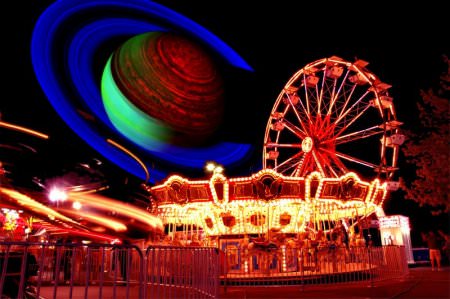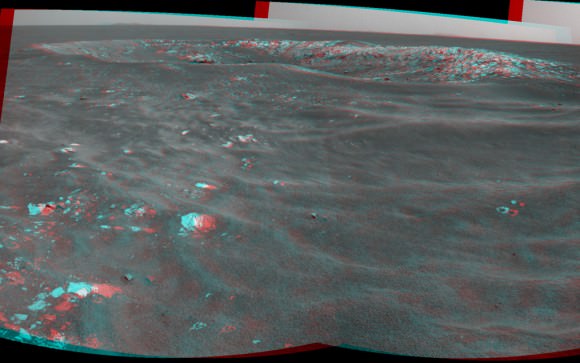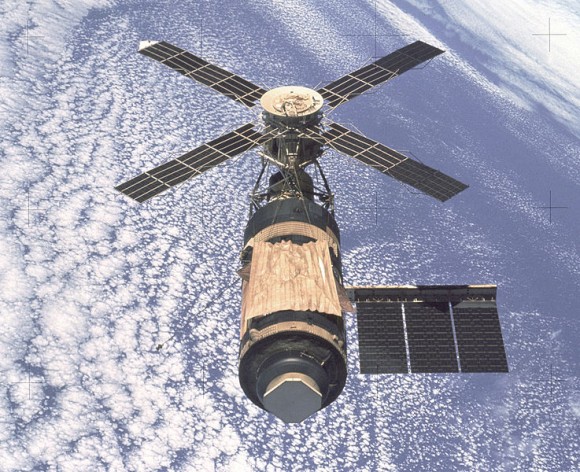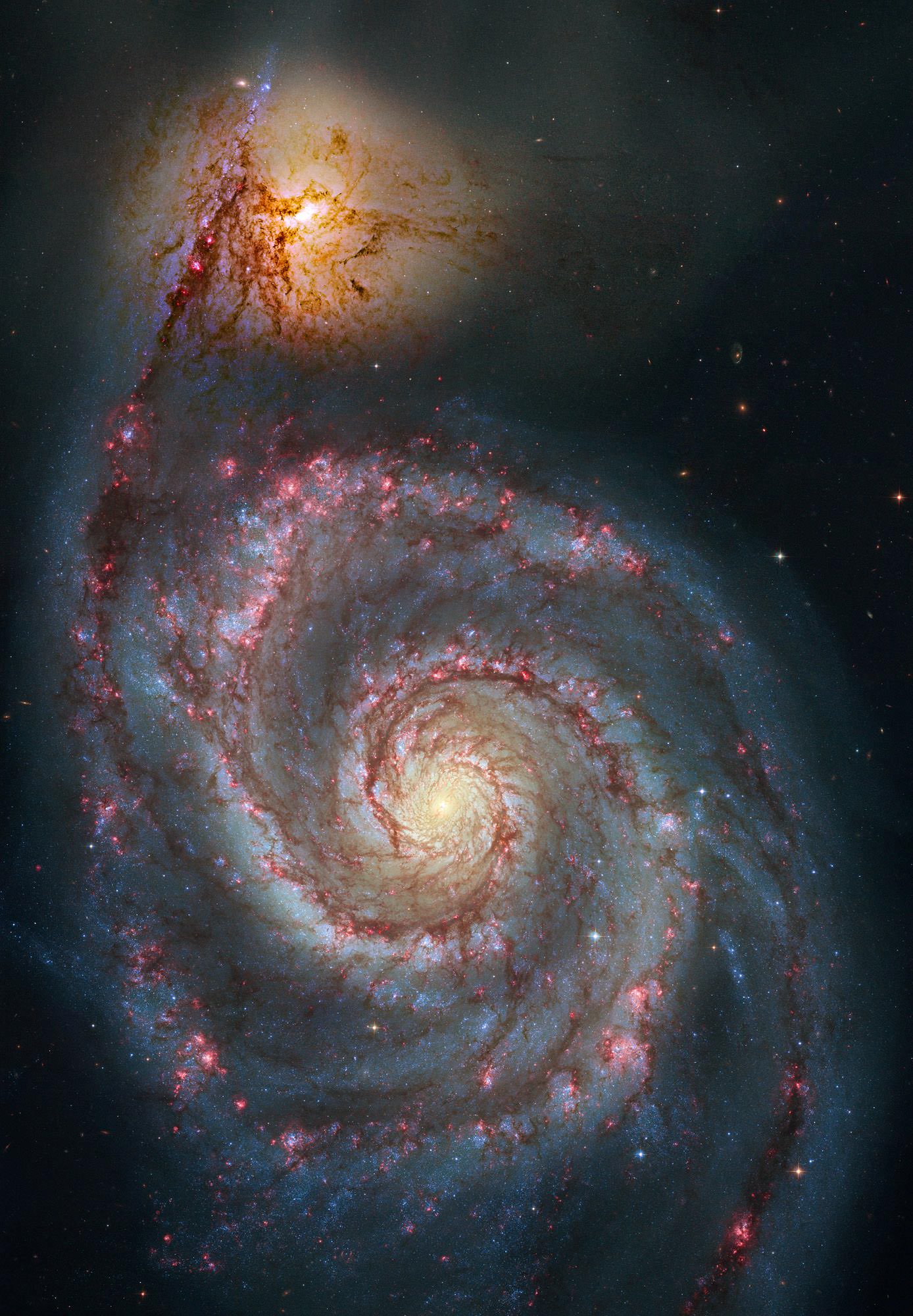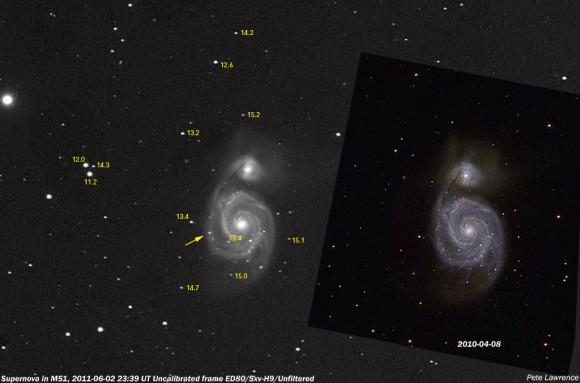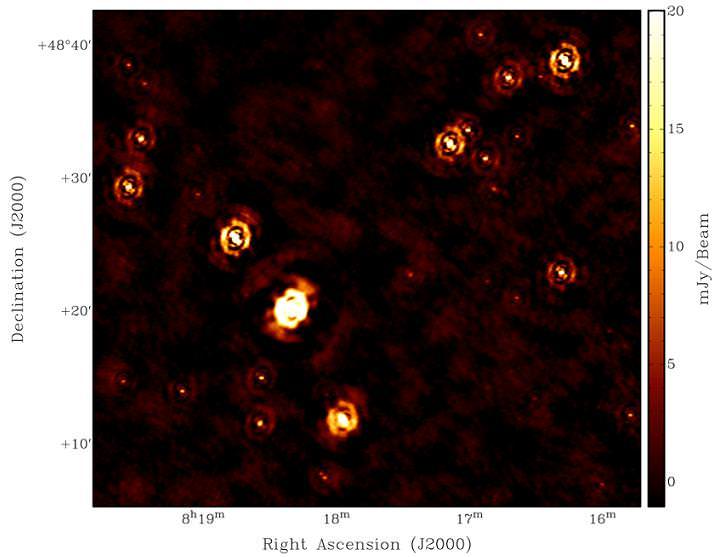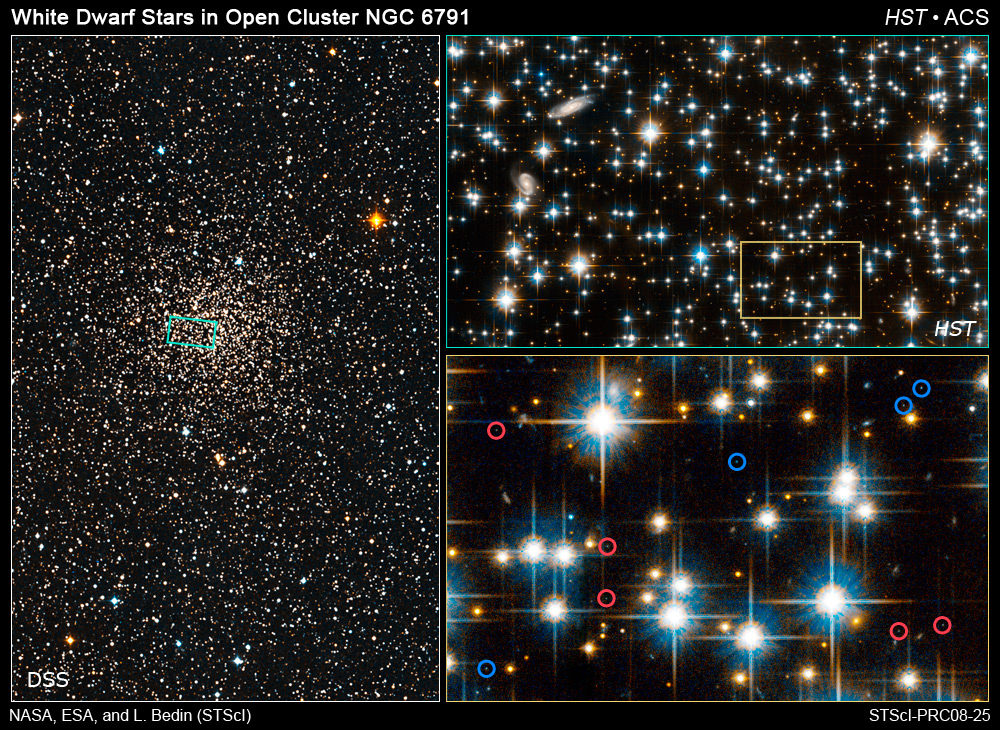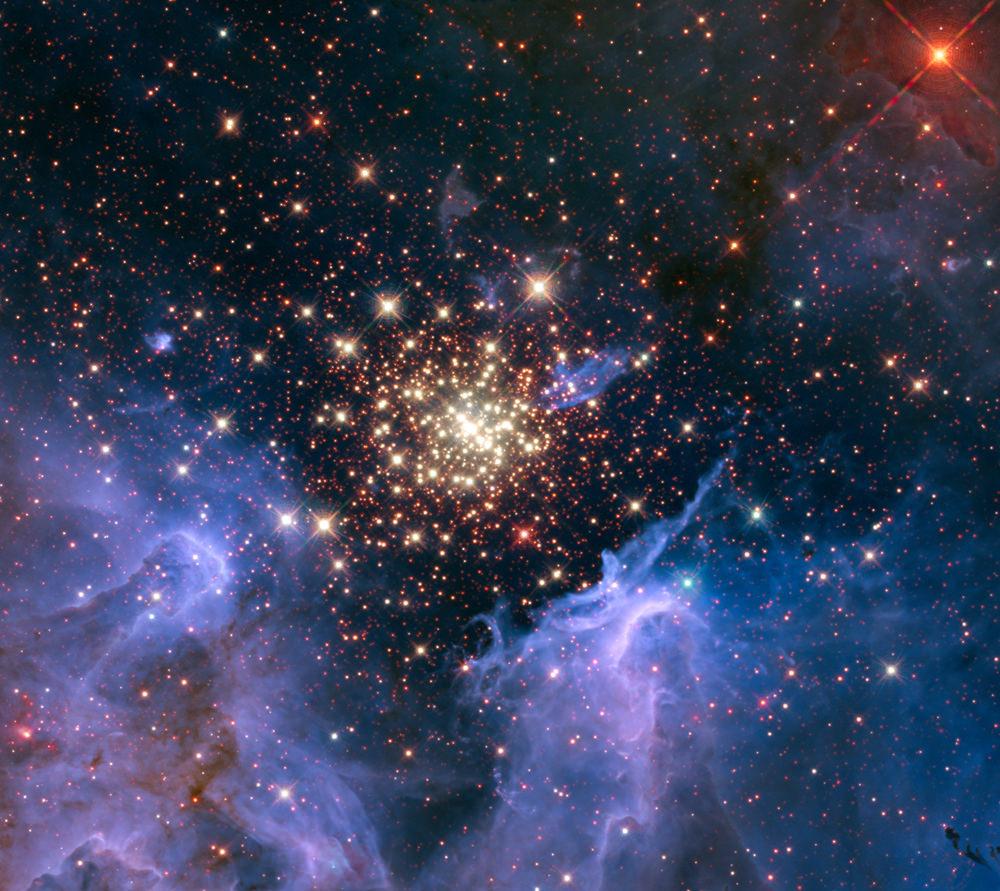[/caption]
Almost a century ago, astronomers Shapley and Melotte began classifying star clusters. This rough, initial go-around took in the apparent number of stars and the compactness of the field – along with color. By 1927, these “classes” were again divided to include both open and globular clusters. But there are some that simply defy definition.
According to Johns Hopkins astronomer Imants Platais, there is one case which has puzzled astronomers for decades: a well-known, seemingly open star cluster in the constellation of Lyra, named NGC 6791.
“This cluster is about twice the age of the sun and is unusually metal rich (at least twice the Sun’s metallicity),” said Platais, of the Henry A. Rowland Department of Physics and Astronomy’s Center for Astrophysical Sciences. “A couple of decades ago, it was also found that NGC 6791 contains a handful of very hot but somewhat dim stars, called hot subdwarfs. The presence of such stars in an open cluster is rare, though not unique.”
Why are these hot subdwarfs an anomaly? The facts about star clusters as we know them are that globular clusters are notoriously metal poor, while open clusters are metal rich. “The massive stars that create much of the metals live for only a short time, and when they die, they spit out or eject the metals they have created.” says the team. “The expelled metals become part of the raw material out of which the next stars are formed. Thus, there is a relationship between the age of a star and how much metal it contains: old stars have a lower metallicity than do younger ones. Less massive stars live longer than higher mass stars, so low mass stars from early generations still survive today and are studied extensively.”
A team led by Platais and Kyle Cudworth from The University of Chicago’s Yerkes Observatory set out to solve the mystery of NGC 6791 by taking a census of its stars. Their findings revealed several luminous stars in the horizontal branch of the HR diagram… Stars that would normally be found in globular clusters. The hot subdwarfs were confirmed to be genuine cluster members, but they now “appear to be simply the bluest horizontal branch stars”. What’s wrong with this picture? NGC 6791 contains simultaneously both red and very blue horizontal branch stars – making it both old and metal rich. Quite simply put, studying star clusters is key to understanding stellar evolution – unless the cluster starts breaking the rules.
“Star clusters are the building blocks of galaxies and we believe that all stars, including our own sun, are born in clusters. NGC 6791 is a real oddball among about 2,000 known open and globular star clusters in the Milky Way and as such provides a new challenge and a new opportunity, to our understanding of how stars form and evolve,” said Platais, who presented this work last week at the 218th meeting of the American Astronomical Society in Boston.
So… what about star clusters in other galaxies? Three hybrids have been discovered (2005) in the Andromeda Galaxy – M31WFS C1, M31WFS C2, and M31WFS C3. They have the same basic population and metallicity of a globular cluster, but they’re expanded hundreds of light years across and are equally less dense. Are they extended? Or perhaps a dwarf spheroidal galaxy? They don’t exist (as far as we know) in the Milky Way, but there’s always a possibility these hybrid clusters may call other galaxies home.
Until then, we’ll just keep learning.
Original Story Source: John Hopkins University.

